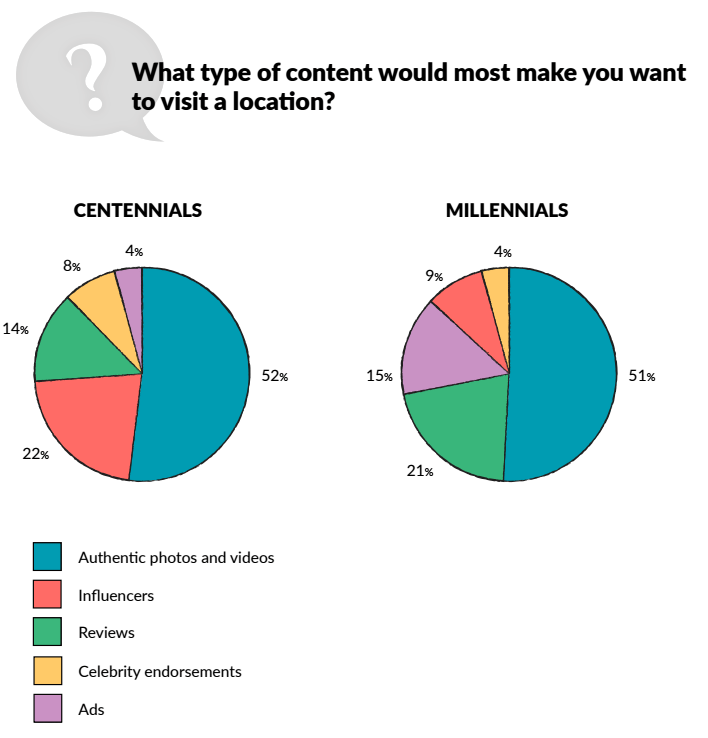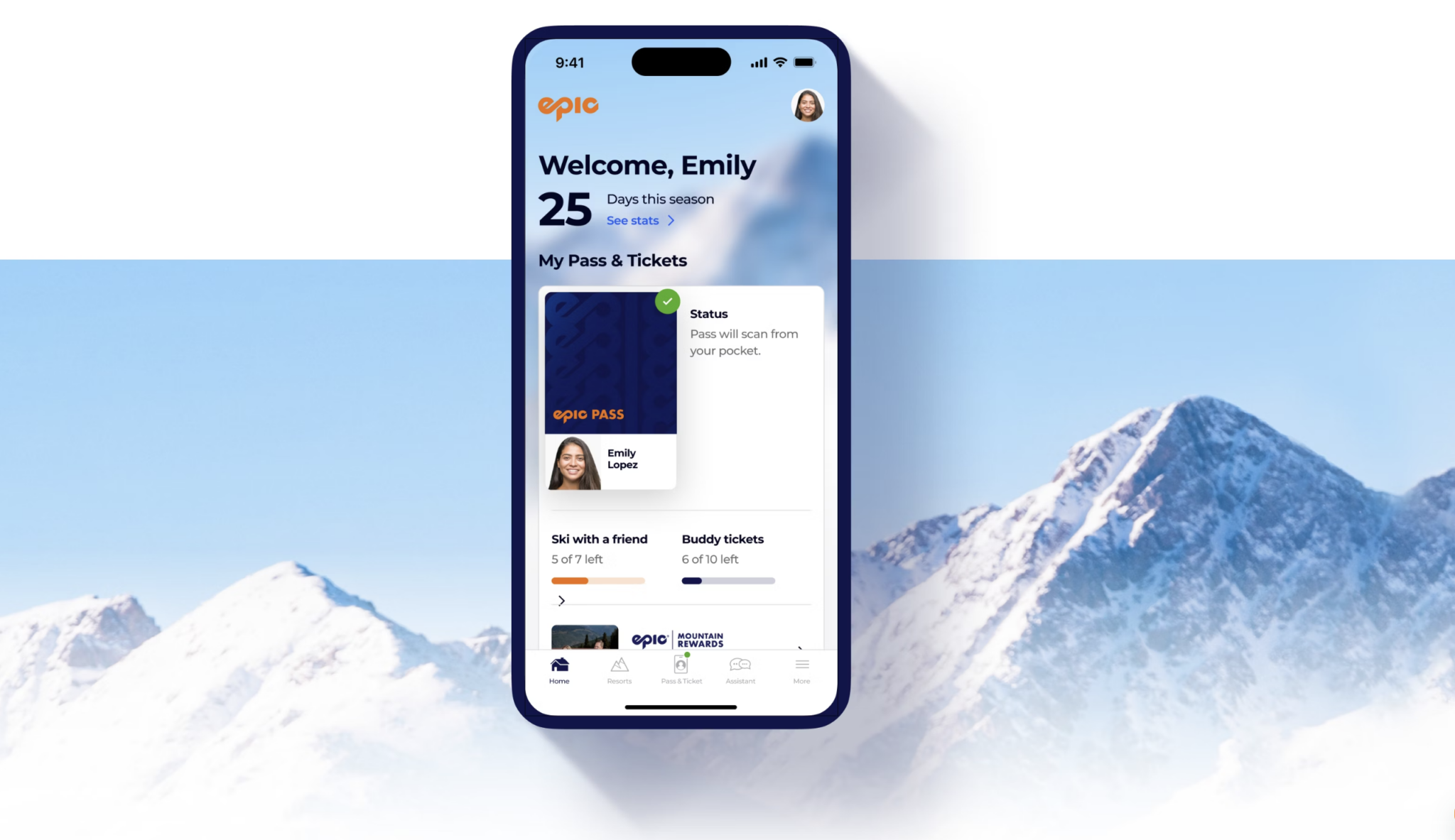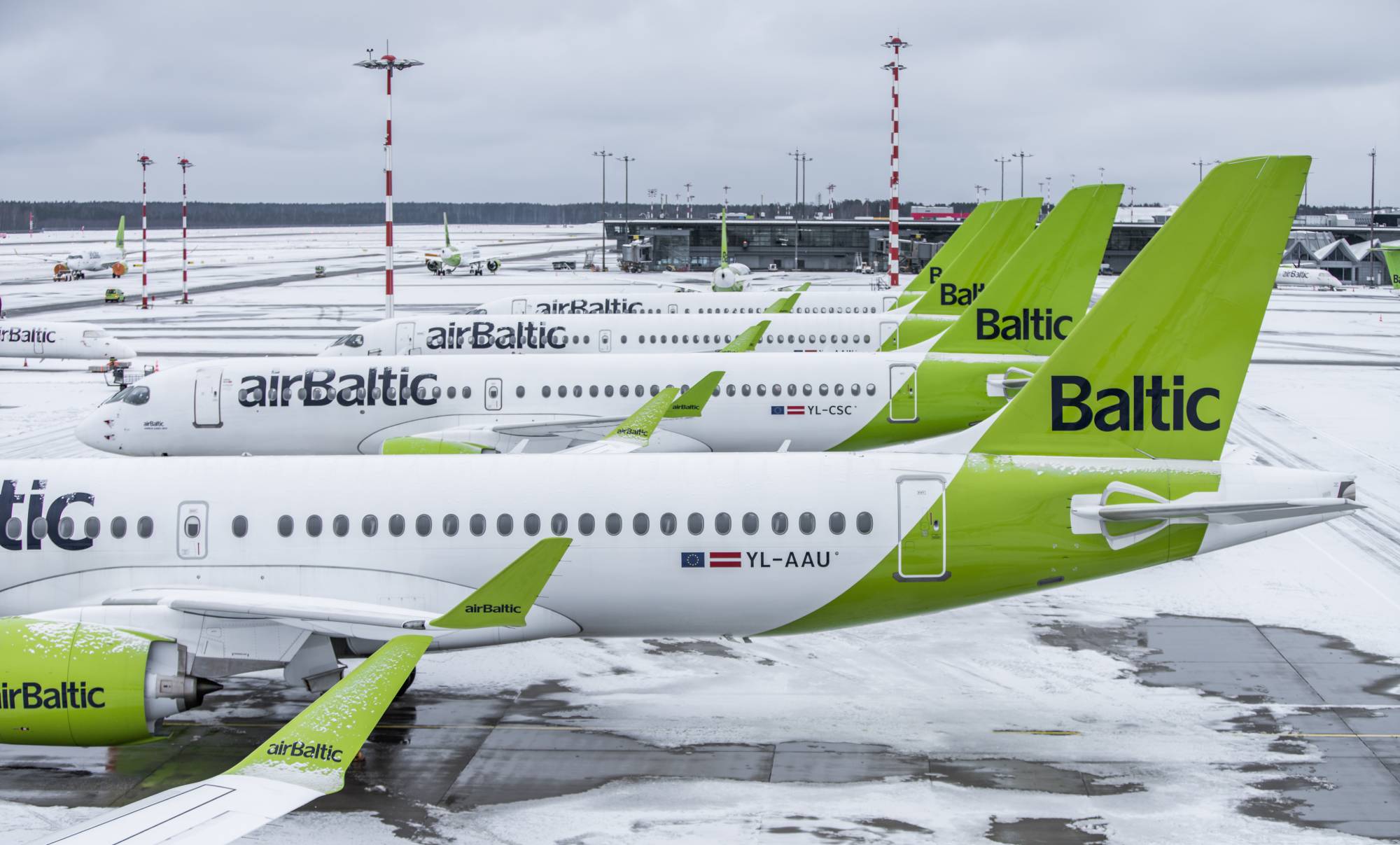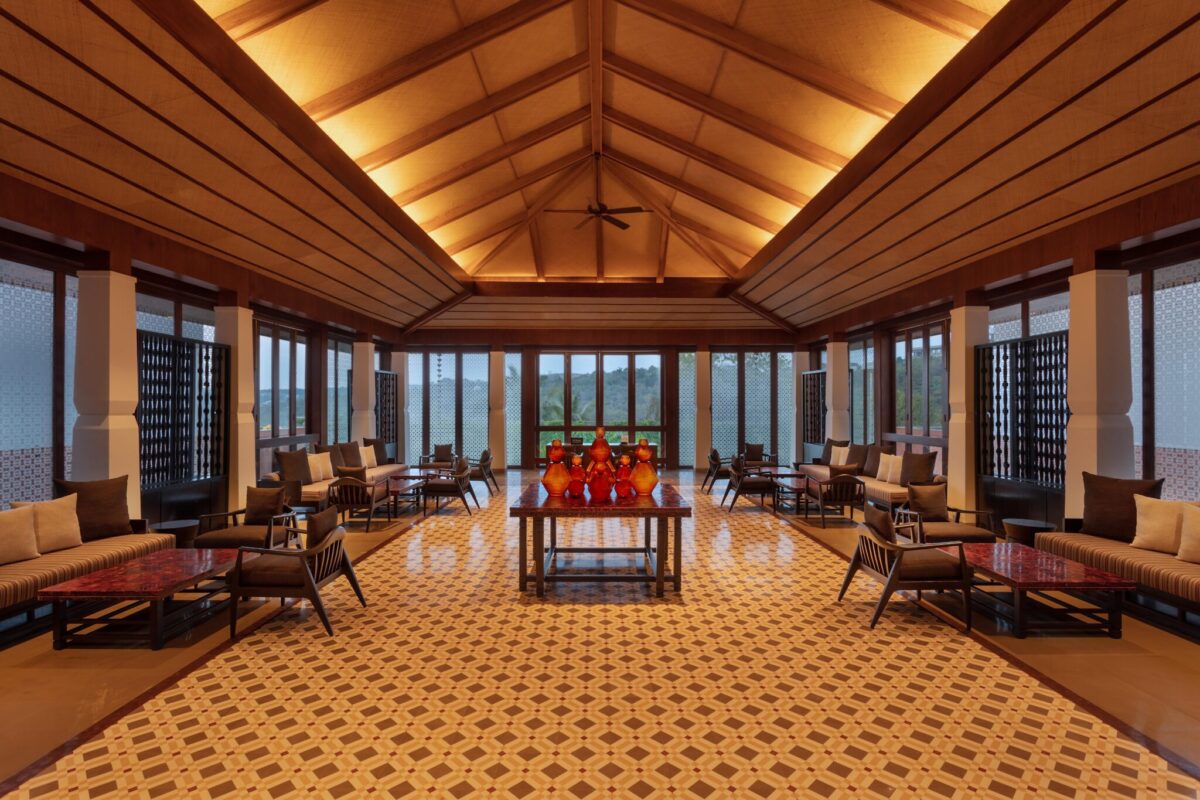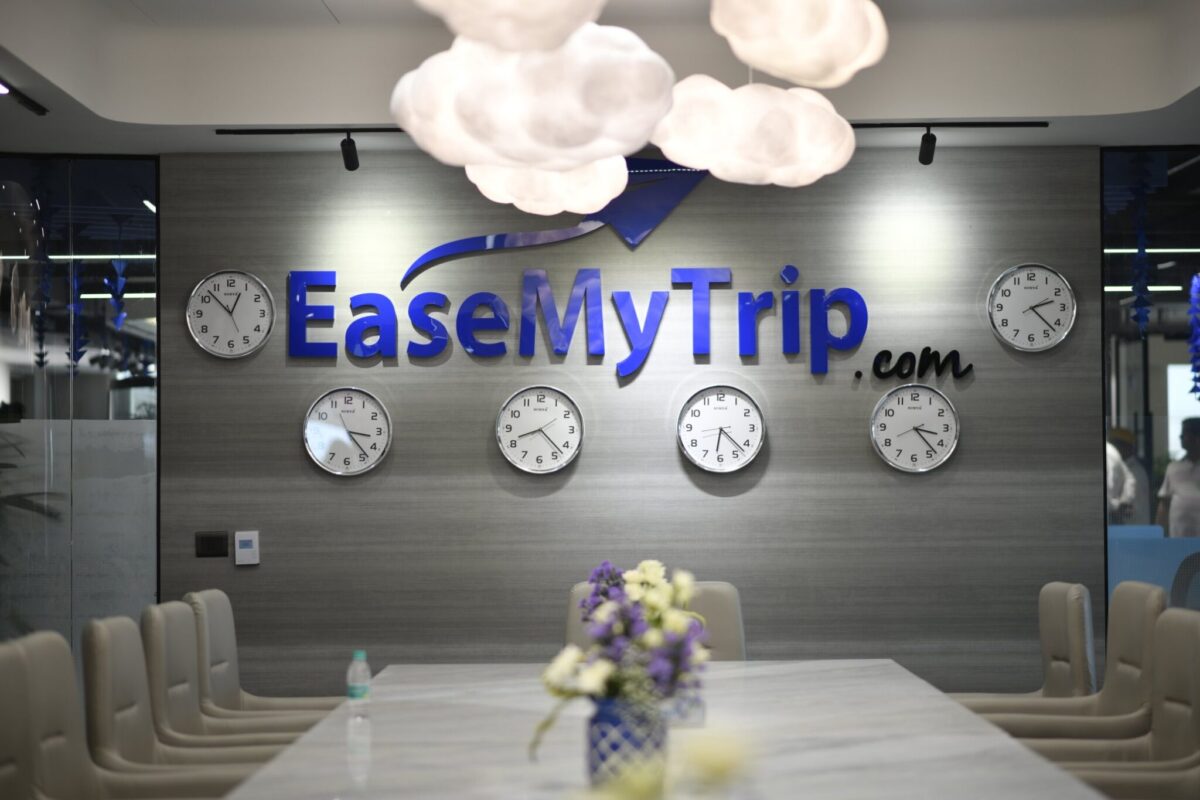Convergence of Fashion and Travel Leads to Rise of Micro-Influencers on Instagram
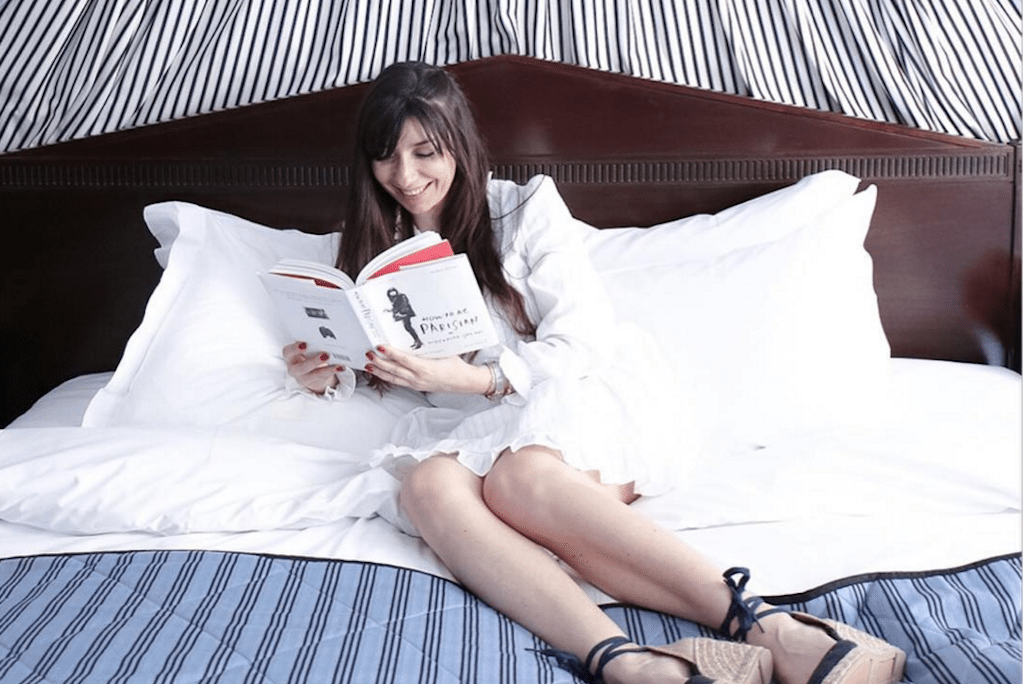
Skift Take
Many travelers look to social media influencers that travel brands flaunt for trip inspiration and advice. But increasingly, they also view themselves as influencers within their own groups of friends and followers and seek this recognition from brands.
Research from Chute, a social media marketing company helping travel brands, found that fashion is fueling this trend. It’s playing out most aggressively in social media communities with affinities for both fashion and travel, particularly on Instagram. Some 1.3 million of the 56.8 million travel related Instagram photos shared from June 2015 to March 2016 include hashtags related to fashion and travel, according to Chute’s analysis.
Fashion and travel accounted for hundreds of thousands of more photos than food and travel-related photos, for example, with the latter accounting for fewer than 900,000 photos shared during that period.
Of those photos, the highest percentage, 13 percent, included #fashionblogger which Monica Watson, Chute’s marketing manager, said is indicative of how these travelers want to be perceived as influential to both their followers and travel brands. Her team’s research also found that the convergence of fashion and travel is one of the most popular conversations on Instagram and that Instagram users view fashion as one of the biggest gateways to gaining more attention.
Watson said #blogger and #travelblogger were also among the top hashtags used with these photos.
“We’re seeing a trend in something called the micro-influencer, someone who has more of a niche audience,” said Watson. “Their audience might not be in the millions but they’re still influencing thousands to maybe even hundreds of people if you want to go that small.”
“Those people are able to have a much more targeted reach to their fashion or travel communities. It feels like a much more one-on-one experience.”
Some fashion and travel micro-influencer examples include @thebalibible and @HellyLuv. These photos also received the most likes and engagement for fashion and travel photos.
While 12 percent of the fashion and travel Instagram photos included in Chute’s analysis were luxury-related, using #luxury, for example, #streetstyle was also a top hashtag, accounting for eight percent of photos, reflecting the diversity of style on the platform, said Ranvir Gujral, CEO of Chute. Instagram is an aspirational platform, he said, and not only an outlet for high-end displays of fashion.
Watson said brands stand to gain a lot from working with micro-influencers, “The cool thing about working with micro-influencers — and if you work with an influencer you know that it’s almost like working with a celebrity — is that a lot of the time you don’t have to pay them in the same way as larger influencers.”
“They’re already excited about your brand. More than likely you discovered them because they’re posting about you already, they’re using your hashtag. Especially if they’re a local influencer, those are the people you should be engaging with. They’re generally easier to work with.”
Instagram is a feminine-leaning platform, with 58 percent of overall photos shared by women, according to Chute. Men share more than 37 percent of photos on the platform, however, and are also key to the fashion and travel influencer trend. Chute didn’t have a breakdown of how many of the 1.3 million fashion and travel Instagram photos were shared by men and women, but said that #dapper and #luxury were prominent among photos shared by men.
Millennials and Influencers on Instagram
Millennials, those aged 18 to 34, are the largest audience on Instagram and account for more than 50 percent of its users in the U.S, according to eMarketer.
As micro-influencers tend to be more localized, their content is likely perceived as more effective. Larger influencers’ content may not be as influential as brands once believed. Only nine percent of millennials feel influencers’ content is the most inspirational when planning a trip, with more than 50 percent saying “authentic photos and videos” resonate the most, according to another report from Chute.
Chute’s analysis of fashion and travel photos only considered those that included relevant hashtags, and there are likely many more photos in that group that aren’t tagged. About 67 percent of millennials don’t use any hashtags when sharing content across any platform and 22 percent use one hashtag.
Source: Chute
Note: Centennials is Chute’s term for the generation after millennials, or those born between 1996 and 2010.
What Travel Brands Are Doing With Fashion
The fashion industry is on the prowl for the next far-flung destination that will inform their work, said Candice Rainey, deputy editor of Conde Nast Traveler. The magazine recently went to Havana, Cuba with Chanel to kick off the summer and produce content for social media, including Instagram and Twitter.
“Right now, designers are looking for ‘place’ to inspire them,” said Rainey.
Conde Nast Traveler has nearly 900,000 Instagram followers and is one of the most followed travel brands on the platform. “Showing mid-season collections in unlikely destinations (Louis Vuitton was to show its 2017 resort collection in Rio at the end of May, for example) is common now. It makes sense major fashion houses and designers like Calvin Klein, Bulgari, Victoria Beckham, and others follow us on Instagram.”
“We also don’t play the influencer game just to gain followers or cross-promote. We rely on our influencers—-whether they’re photographers, gallerists, stylists-—to both inspire us as well as give us their invaluable intel so that we may share that with our audiences.”
Rainey said Conde Nast Traveler can present fashion in a native way, “We have much more flexibility and creativity on social media to integrate fashion, whereas with something like food, it’s much more direct.”
“So in essence, it allows our team to think a little more creatively. A great example is the partnership we did with GAP #nothingbutdenim that we ran in April with LustForLife, we saw a 41 percent increase in followers than our daily average. The posts we ran for the campaign focused on the inspiration around people or a place and it allowed CNT to find a new audience to convert because they overlap with LustforLife’s community.”
W Hotels also partnered with Council for Fashion Designers of America’s fashion incubator in 2012 to give startup designers a platform at hotels and offer mentorship to help them begin their careers. The incubator includes programming at properties that features some of the designers.
The brand also has concierges who serve as fashion insiders and help guests find unique shops and boutiques in each destination.
Seeing what music artists and icons are wearing is also a huge appeal for W Hotels’ guests, said Suzanne Cohen, W Hotels’ director of brand marketing for North America. The brand recently launched a partnership with Billboard and worked with designers like Jeremy Scott to help connect guests to what artists are wearing.
